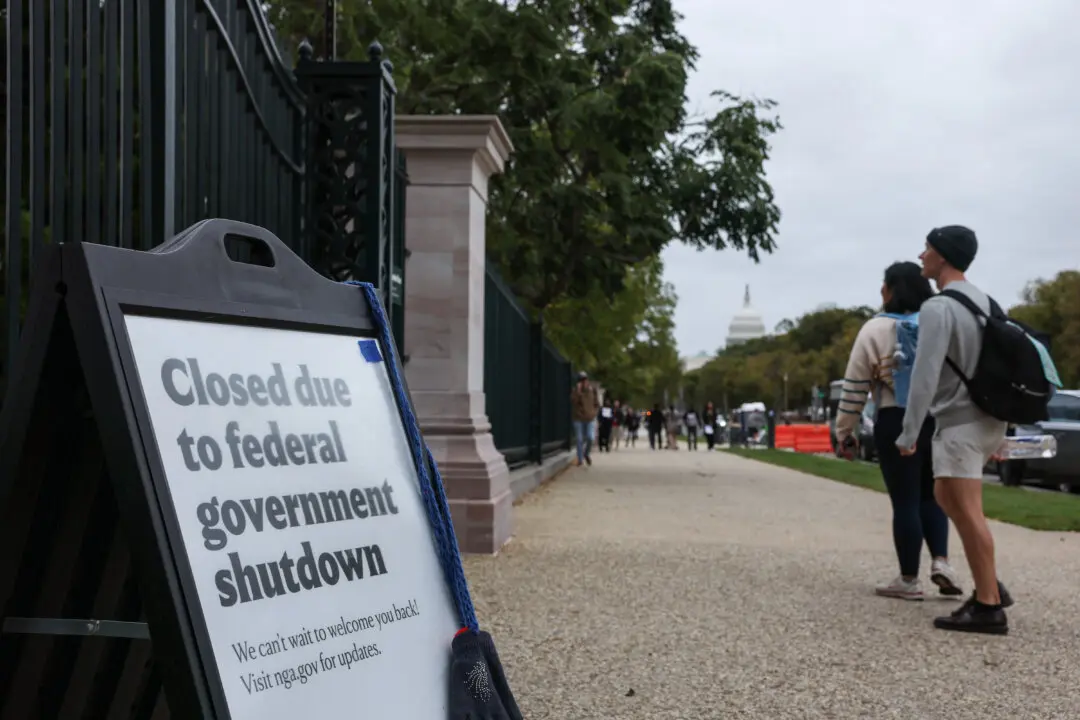China’s central bank has announced that it would reduce the amount of cash that banks must hold in reserve, unlocking $188 billion in long-term liquidity to shore up slowing economic growth.
The People’s Bank of China (PBOC) stated on its website on Dec. 6 that it would lower the reserve requirement ratio (RRR) for banks by 0.5 percentage points, effective Dec. 15. This would be the second time in 2021 that the PBOC has reduced the reserve requirement, with the announcement coming after Chinese Premier Li Keqiang flagged the move last week as a way to bolster the economy in the face of headwinds.





